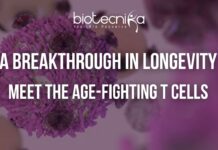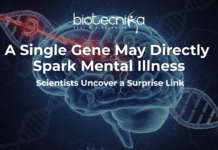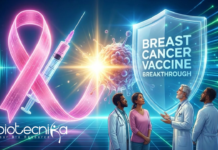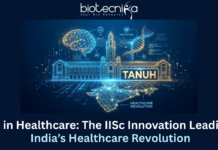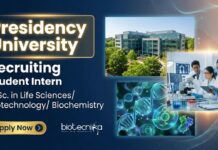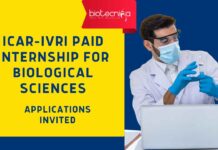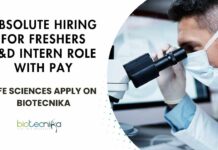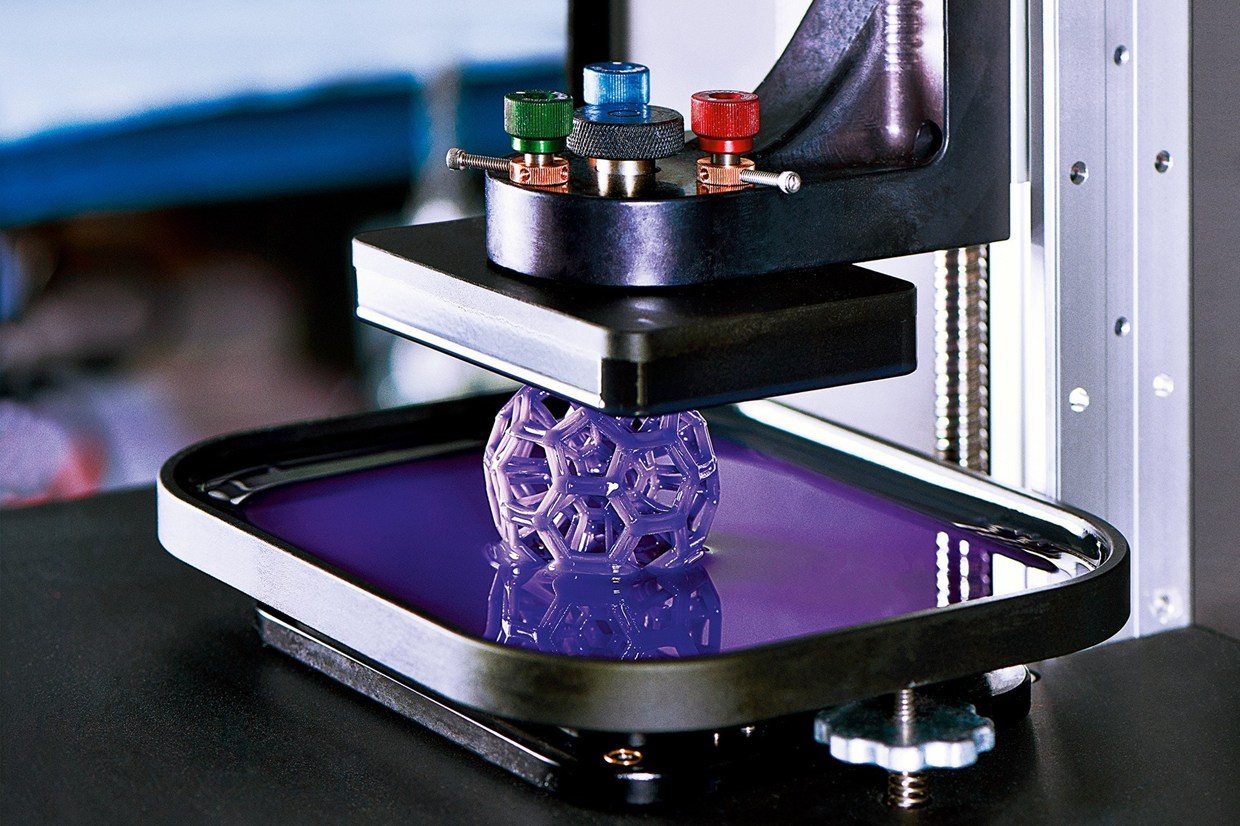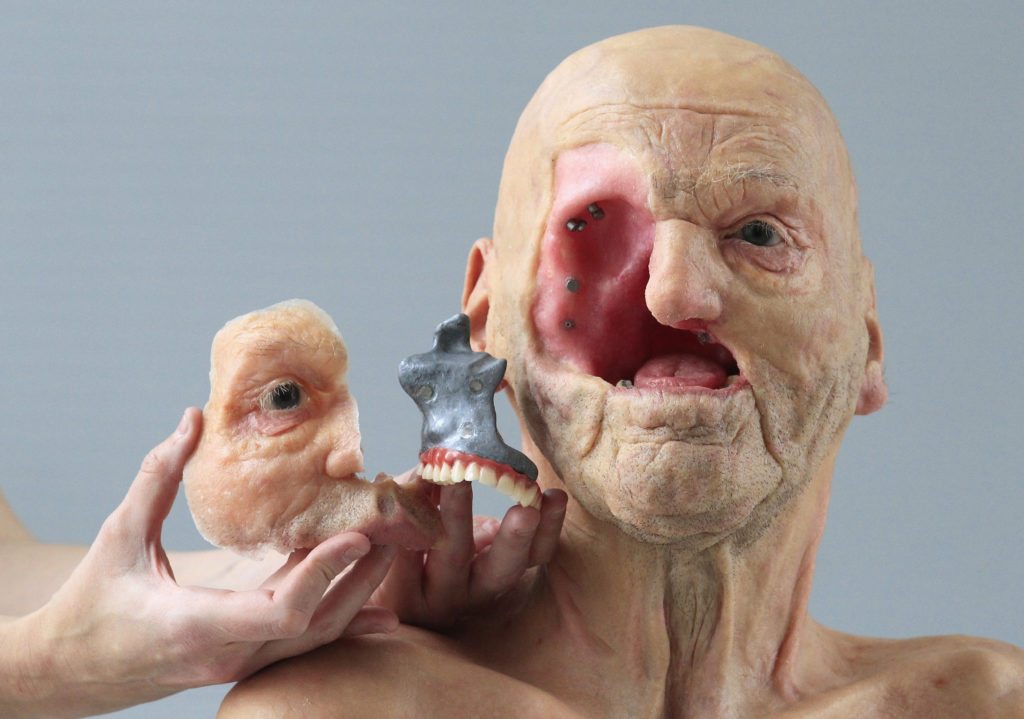Drops of Bio-Ink Stick Together Enabling 3D Printing of Complex Biological Structures
To evangelists of bioprinting, who are increasing—the number of 3-D printers shipped to medical facilities is expected to double in the next five years—the technology is a harbinger of a world that is only now coming into focus: a world where patients order up replacement parts for their body the same way they used to order a replacement carburetor for their Chevy.
And now, a team in Osaka recently made some serious progress in this field, coming up with a new way to get bio-ink droplets to stick together, making use of special enzymes.
Lead author, Shinji Sakai says, “Printing any kind of tissue structure is a complex process. The bio-ink must have low enough viscosity to flow through the inkjet printer, but also needs to rapidly form a highly viscose gel-like structure when printed. Our new approach meets these requirements while avoiding sodium alginate. In fact, the polymer we used offers excellent potential for tailoring the scaffold material for specific purposes.”
Current methods use sodium alginate as the main agent for bioprinting. However, the sodium alginate doesn’t work well with certain types of cells.
Therefore, the Osaka team used hydrogelation through an enzyme- horseradish peroxidase — which builds up cross-links between phenyl groups. The horseradish peroxidase adds polymer in the presence of hydrogen peroxide. It’s also found in the root of horseradish.
However, hydrogen peroxide can often damage cells. Thus, the researchers devised a way to limit the contact between hydrogen peroxide and the cells to make sure the cells stayed alive. With this method, more than 90 percent of the cells were viable.
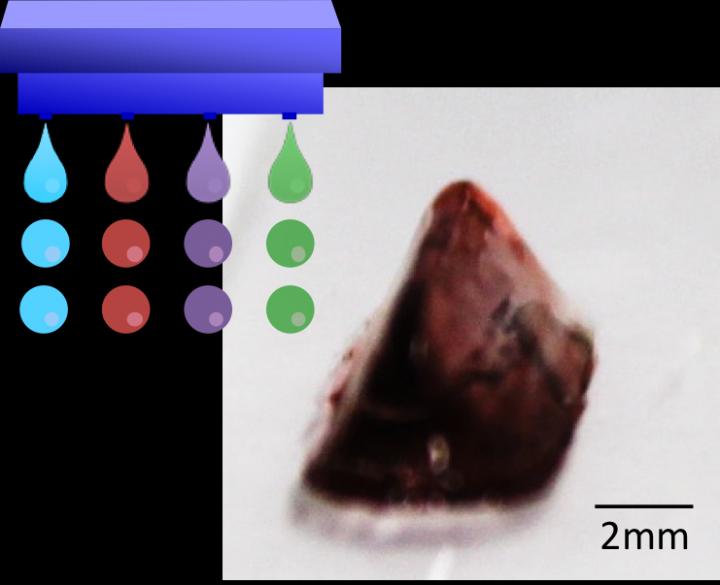
“Advances in induced pluripotent stem cell technologies have made it possible for us to induce stem cells to differentiate in many different ways,” co-author Makoto Nakamura says. “Now we need new scaffolds so we can print and support these cells to move closer to achieving full 3D printing of functional tissues. Our new approach is highly versatile and should help all groups working to this goal.“

